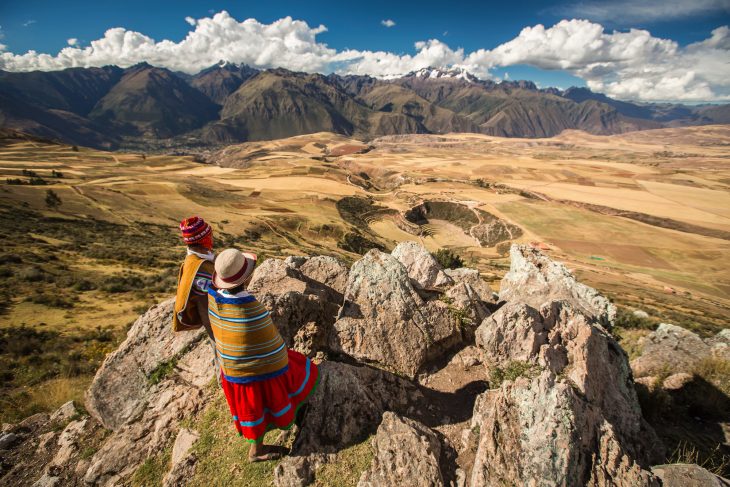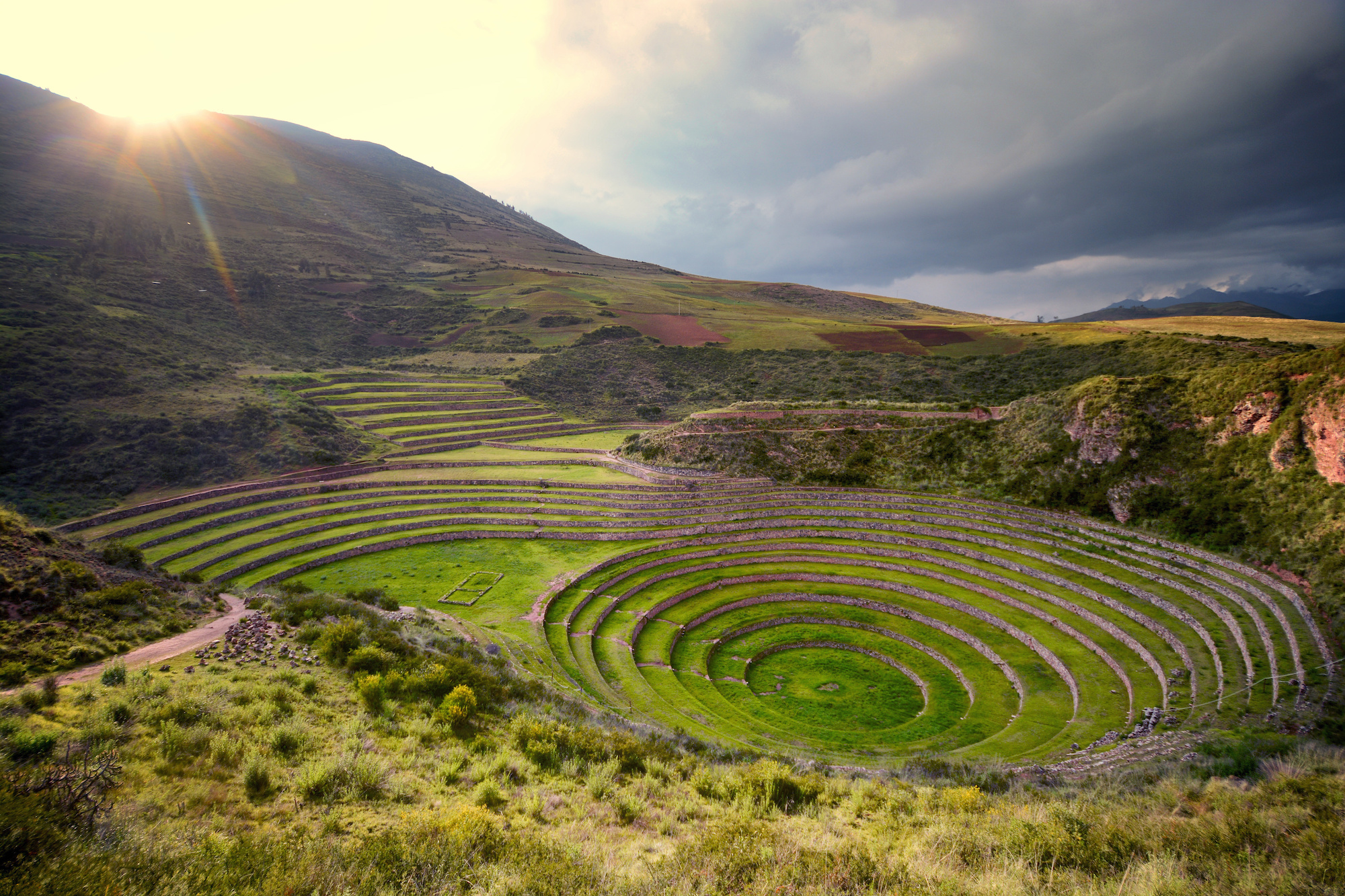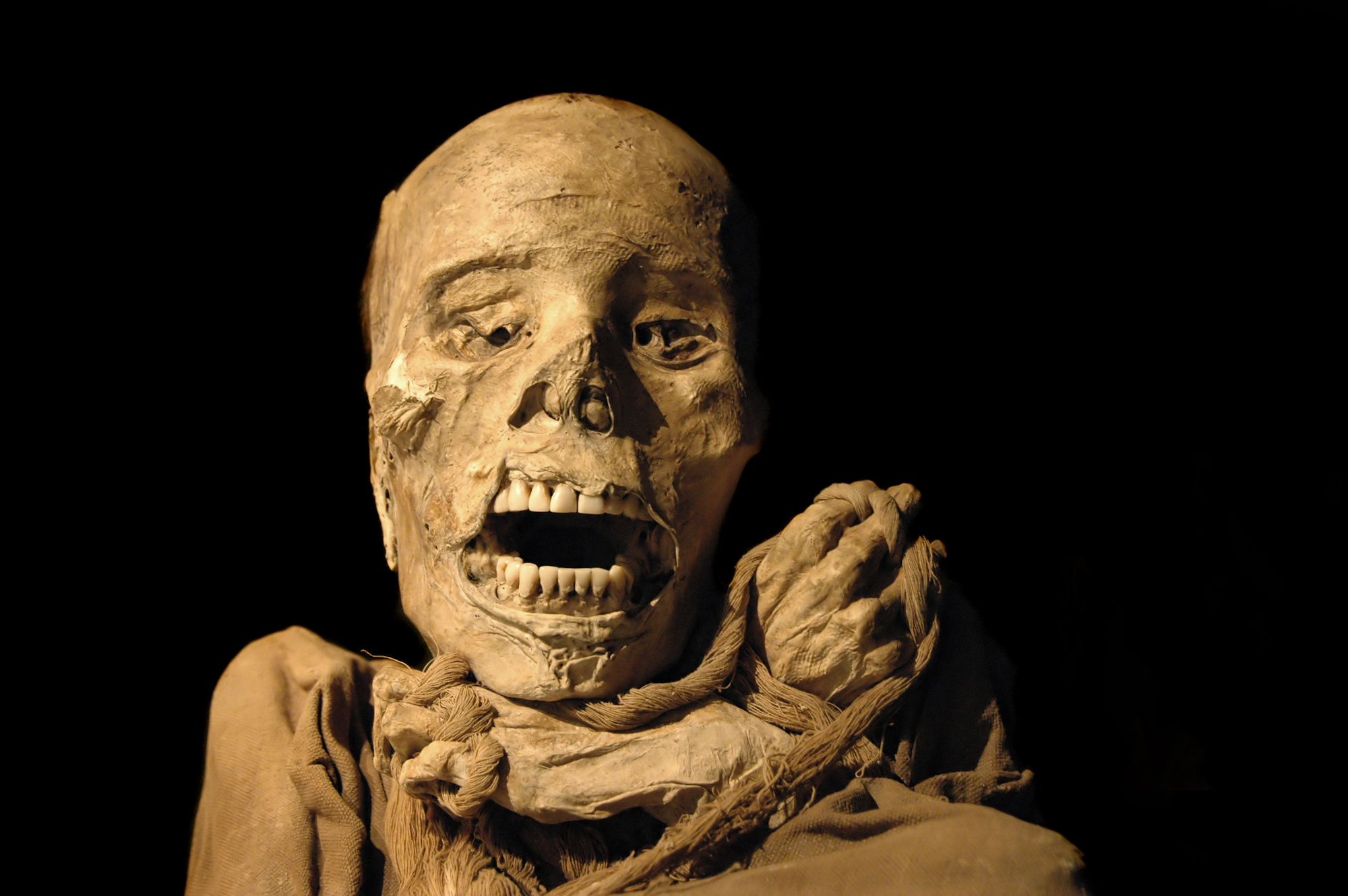
The Incas, an ancient civilization that thrived in the Andean region of South America, left an indelible mark on history. Their advanced society, incredible engineering feats, and rich cultural heritage continue to captivate our imagination. In this article, we delve into 20 fascinating facts about the Incas that shed light on their achievements, beliefs, and way of life.
The Inca Empire
The Inca Empire, also known as Tawantinsuyu, was the largest pre-Columbian empire in the Americas. Stretching along the western coast of South America, it covered a vast territory of around 2,500 miles, encompassing parts of modern-day Peru, Ecuador, Bolivia, and Chile.
Origins of the Incas
The Inca civilization emerged around the 13th century AD in the Cusco region of present-day Peru. They built their capital city, Cusco, which served as the political, administrative, and cultural center of their empire.
The Great Inca Road
The Incas constructed an extensive network of roads, known as the Inca Road or Qhapaq Ñan, which spanned approximately 24,000 miles. This impressive infrastructure connected their vast empire, facilitating communication, trade, and military expeditions.
Inti, the Sun God
The Incas worshipped Inti, the Sun God, as their primary deity. They believed that the emperor, known as the Sapa Inca, was the son of the sun. The Inti Raymi, or Festival of the Sun, was a grand celebration held annually to honor Inti.
Machu Picchu
Machu Picchu, the iconic Inca citadel perched high in the Andes Mountains, is one of the most renowned archaeological sites in the world. Built in the 15th century, it served as a royal estate for the Inca emperor.
Quipu, the Ancient Information System
The Incas developed an intricate recording system called quipu. Made of colored strings and knots, quipus were used to record numerical and other data. Though the precise meaning of the quipus remains a mystery, they were likely used for accounting and administrative purposes.
Terraced Agriculture
To overcome the challenges of farming in the mountainous terrain, the Incas ingeniously developed terraced agriculture. They created stepped platforms on hillsides, allowing them to cultivate crops such as maize, potatoes, and quinoa.

Impressive Masonry Skills
The Incas were renowned for their exceptional masonry skills. They built intricate structures using large stone blocks that fit together seamlessly without the use of mortar. Examples of their impressive craftsmanship can be seen in the walls of Sacsayhuamán.
Suspension Bridges
The Incas were pioneers in bridge construction. They constructed sturdy suspension bridges, known as Q’eswachaka, using woven grass and fibers. These bridges facilitated travel across deep canyons and rivers.
The Temple of the Sun
The Coricancha, or Temple of the Sun, in Cusco was one of the most sacred sites for the Incas. It was adorned with gold, silver, and precious stones, showcasing their advanced metalworking and craftsmanship.
The Sapa Inca
The Sapa Inca was the ruler of the Inca Empire and held immense power and authority. The emperor was considered divine and was believed to be a direct descendant of the Sun God.
Inca Mummies
The Incas had a tradition of mummification. They preserved the bodies of their deceased rulers and nobility, believing that they continued to play a vital role in the afterlife.

Advanced Agricultural Techniques
The Incas implemented innovative agricultural techniques. They constructed terraces, irrigation systems, and even artificial islands called “floating gardens” to enhance crop production and sustain their population.
The Inca Trail
The Inca Trail is a renowned hiking route that follows the ancient path taken by the Incas from the Sacred Valley to Machu Picchu. This scenic trail offers breathtaking views of mountains, cloud forests, and archaeological sites.
Inca Textiles
The Incas were skilled weavers and produced intricate textiles using various fibers, such as alpaca and vicuña wool. Their textiles were highly prized and used for clothing, ceremonial purposes, and as offerings to the gods.
Inca Astronomy
The Incas had a sophisticated understanding of astronomy. They constructed observatories and accurately predicted celestial events, using their knowledge to plan agricultural activities and religious ceremonies.
Inca Military Organization
The Inca military, known as the Sapa Inca’s army, was highly organized and disciplined. They employed strategic tactics, relied on a network of messengers for communication, and equipped their soldiers with advanced weaponry.
Chasquis, the Inca Runners
The Incas had a unique relay system known as chasquis. These highly trained runners covered vast distances to deliver messages, enabling efficient communication throughout the empire.
Inca Oral Tradition
The Incas did not have a written language but relied on oral tradition to pass down their history, myths, and knowledge from generation to generation. Skilled storytellers, known as amautas, played a crucial role in preserving their cultural heritage.
Spanish Conquest and the End of the Incas
The Inca Empire faced its downfall with the arrival of Spanish conquistadors led by Francisco Pizarro. In 1533, the last Inca emperor, Atahualpa, was captured, marking the end of the Inca civilization.

Conclusion
Through these interesting facts, we catch a glimpse of the extraordinary achievements of the Incas. From their grand empire and ingenious engineering to their rich cultural traditions, the Incas continue to inspire wonder and curiosity. By appreciating their legacy, we honor the remarkable civilization that once thrived at the heights of the Andes Mountains.
Frequently Asked Questions (FAQs)
Did the Incas have a written language?
No, the Incas did not have a written language. They relied on an oral tradition to pass down their history and knowledge.
What did the Incas use quipus for?
Quipus were used as an ancient recording system. While their exact meaning is still debated, they were likely used for accounting and administrative purposes.
How did the Incas build their impressive structures without mortar?
The Incas were skilled masons who fit large stone blocks together so precisely that mortar was not necessary. Their structures, such as the walls of Sacsayhuamán, are a testament to their exceptional craftsmanship.
What led to the downfall of the Inca Empire?
The Spanish conquest led by Francisco Pizarro resulted in the capture of the last Inca emperor, Atahualpa, in 1533, ultimately leading to the collapse of the Inca Empire.
Where can I hike the Inca Trail?
The Inca Trail is a popular hiking route in Peru. It starts from the Sacred Valley and culminates at the magnificent Machu Picchu, offering stunning views and a glimpse into the ancient Inca civilization.
Was this page helpful?
Our commitment to delivering trustworthy and engaging content is at the heart of what we do. Each fact on our site is contributed by real users like you, bringing a wealth of diverse insights and information. To ensure the highest standards of accuracy and reliability, our dedicated editors meticulously review each submission. This process guarantees that the facts we share are not only fascinating but also credible. Trust in our commitment to quality and authenticity as you explore and learn with us.
